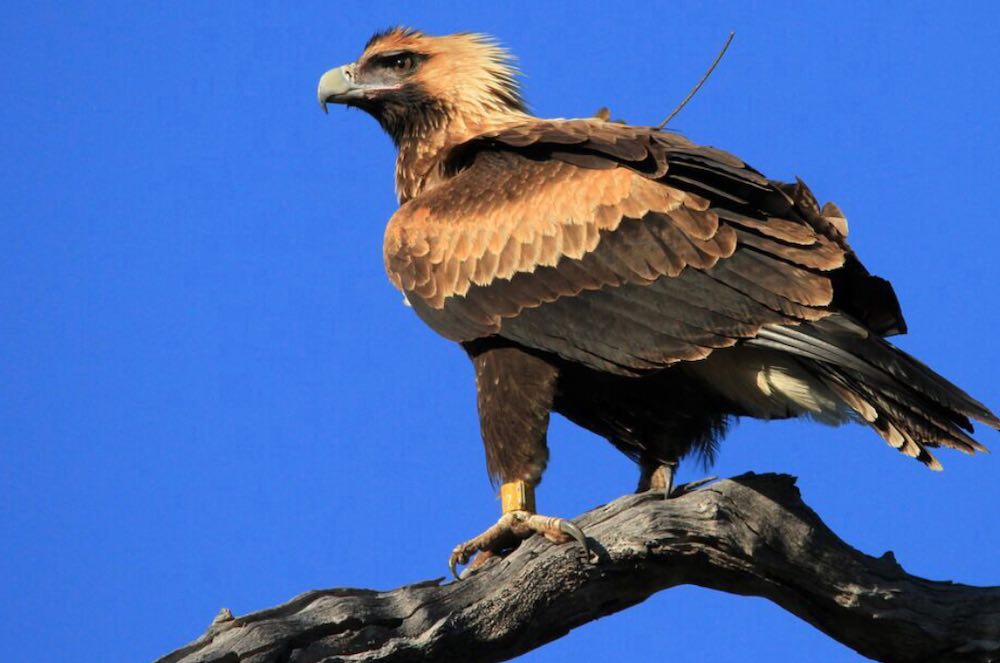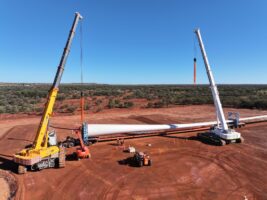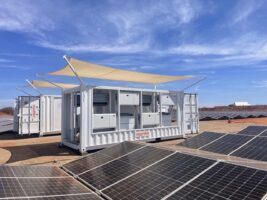The stunning flight of Andean condors are inspiring new designs for wind turbine blade that researchers believe can boost the output of the turbines by up to 10 per cent.
Retrofitting turbines with winglets, or small curves at the tip of a blade, could deliver aerodynamic changes that reduce the overall drag and allows the turbine to produce more power, according to researchers at the Department of Mechanical Engineering at the University of Alberta.
“The boost in the power production is attributed to the aerodynamic changes introduced by the winglets, not just an increase in the rotor’s swept area,” the researchers wrote in their paper in the journal Energy.
Modern day aeroplanes already use winglets to minimise the effects of tip vortices, but the concept is yet to transfer to the wind energy industry.
Tip vortices are eddies of air that spiral off the blade tips, caused by changes in pressure below and above the blade as it moves.
Lift is generated by lower pressure on top of the blade creating a suction effect upwards and higher pressure below the blade, but as the higher pressure latter tries to create an equilibrium it creates those eddies of air, which in turn create drag and reduce efficiency.
The condor-style winglet, designed by Canadian company Biome, increased the pressure along the blade as well as changed the tip vortices at the end.
“The results of the steady-state [computer] simulations showed that the winglets improve wake recovery, and the inclusion of winglets has a positive effect on the velocity deficit recovery,” the researchers wrote.
“The results of the wake study and the power production suggest that this bio-inspired design can increase the power output of the wind turbines while also facilitating the recovery of velocity lost due to the power extraction in the wake.”

The condor was specifically chosen as the bird to mimic because of the unique traits of a wing that keeps a very heavy bird – the Andean condor is the largest flying bird in the world today – in the air for hours at a time.
The condor’s wings are designed to glide, allowing it to cover distances of 170km in just five hours.
The Biome winglet is added to the blade after production. The study tested two designs within a computer simulation: one version that added less than a metre to the blade length and one that didn’t alter the blade length at all.
The latter provided an average 4 per cent increase in power when the turbine ran at speeds of 8,9,10 and 11 metres per second (m/s). The slightly longer blade gave an average 10 per cent extra power.
The winglet increased torque, the rotational force around the turbine, due to changes in the way air moves around the blade tip.
The researchers are now taking the next steps towards adding bio-mimicry to wind turbines, with further study that will capture “the unsteady nature of the wind turbine’s rotational motion using more advanced turbulence models”.










